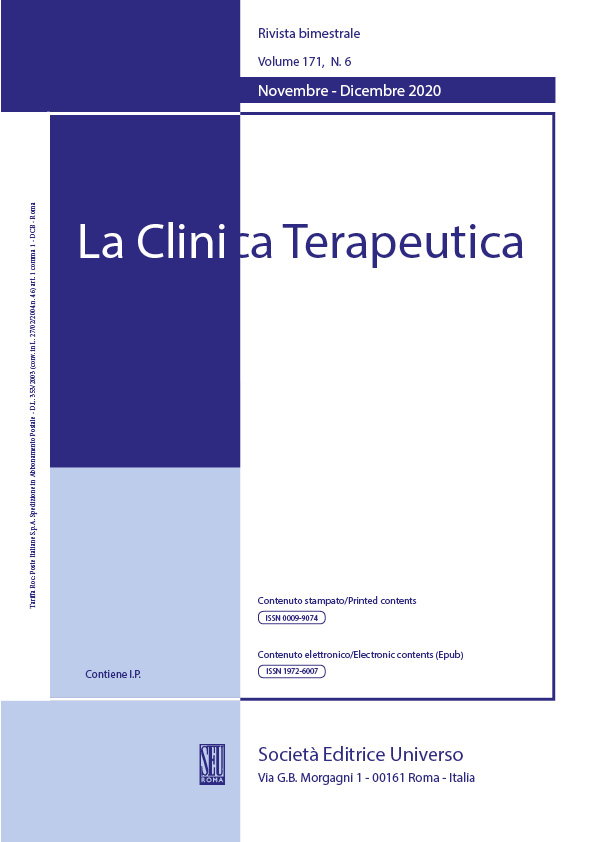Abstract
Background: Umbilical hernia is a common disease, which occurs in 20% of cirrhotic patients
in the presence of persistent ascites. A rare but dangerous complication of this disease in end stage liver patient is a spontaneous rupture of umbilical hernia with ascitic fluid leaking. Up to date there is no general consensus on its most appropriate treatment.
Case report: A 60 years-old male patient, with Child Pugh C and Meld score of 18 end stage liver disease, came to our observation for a spontaneous minimal rupture of his long lasting 5 cm umbilical hernia with ascitic fluid leaking. A medical therapy was undertaken aiming to manage the ascites and a temporary conservative therapy, with fibrin glue injection, was performed to solve the hernia ulceration, delaying the surgical repair after 20 days, when he underwent to a surgical repair with the positioning of a on lay mesh. At 12 month follow up we did not observe any recurrence.
Conclusions: Spontaneous rupture of umbilical hernia is a rare but life threatening complication of umbilical hernia in cirrhotic patient with refractory ascites. Even if a general consensus on its management is lacking, a conservative therapy with glue injection, appears feasible and effective, with low risk and representing a bridge therapy to surgery, to treat the ascitic leak and allow the clinical optimizazion of the patient.
